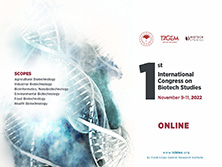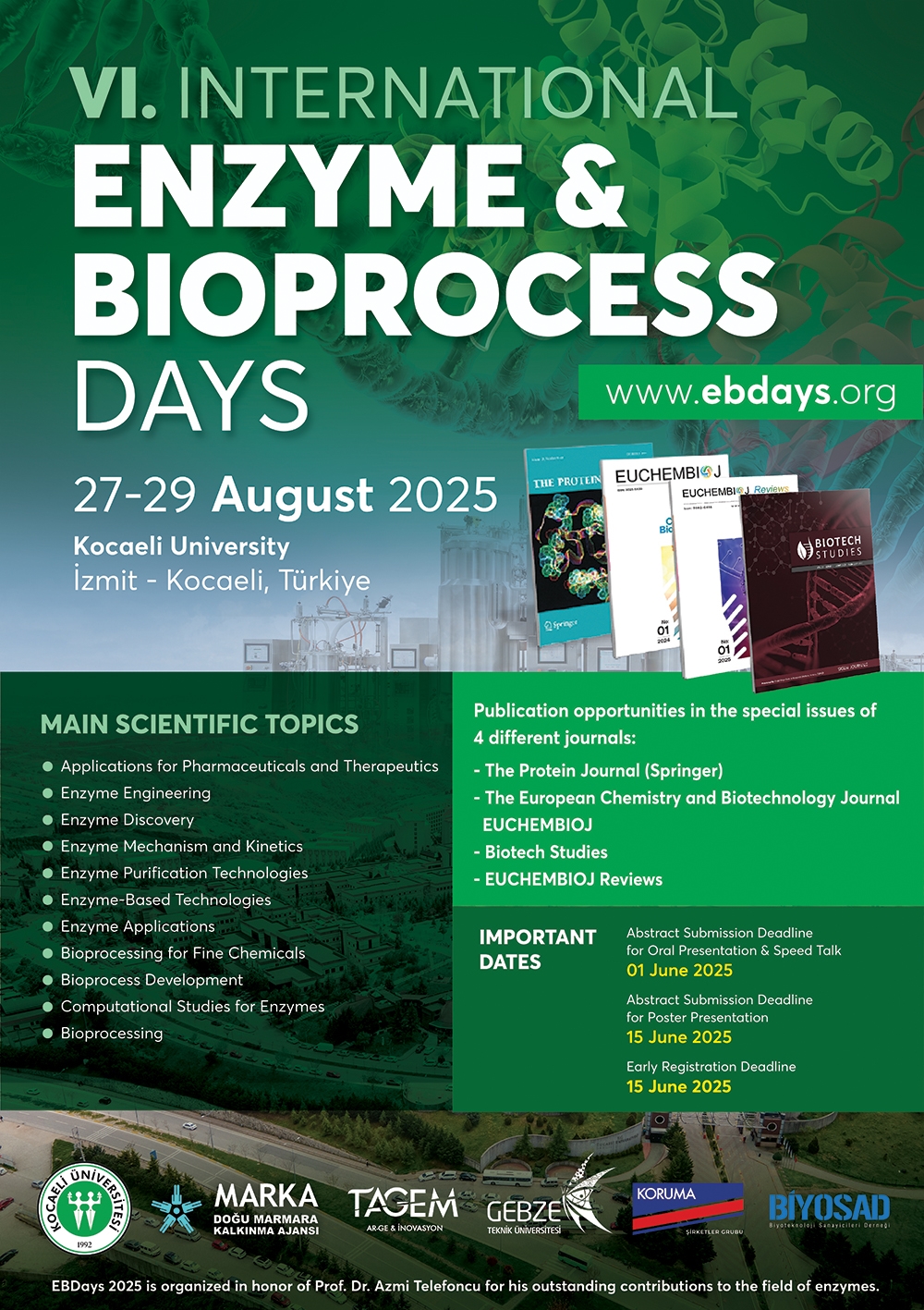The Effect of Some Improvement Methods on the Yield and Quality of the Range
2 Düzce Üniversitesi Orman Fakültesi, Düzce - This study was conducted between 2005-2006 to determine the suitable rangeland improvement method for Düzce Esenli and other unproductive rangelands similar in terms of their characteristics.
At Esenli natural rangeland, which has never been treated before, a control (A) and two different improvement treatment methods were investigated. The treatments comprised fertilization (B) and cultivation-seeding + fertilization (C) methods. More specifically, the study examined the extent to which, if any, fertilization and cultivation-seeding + fertilization improved a natural rangeland compared to the natural rangeland.
The highest hay yield, dry matter, crude protein and crude ash yields were obtained with treatment C at 1489.5, 1405.8, 274.3 and 100.2 kg/ha, respectively. Hay yield, dry matter, crude protein and crude ash yields with treatment A were 193.7, 177, 19, 12.5 kg/ha and with treatment B 845.4, 763.8, 108.8, 60.6 kg/ha, respectively.
In conclusion, the results indicated that due to the flat nature of the rangeland and the soil`s suitability for feed plants, and since it produced the highest yield and nutrient values for the examined aspects, cultivation-seeding + fertilization method was thought to be the most appropriate rangeland improvement method.
Keywords : Rangeland, seeding, fertilization, hay yield, protein yield















